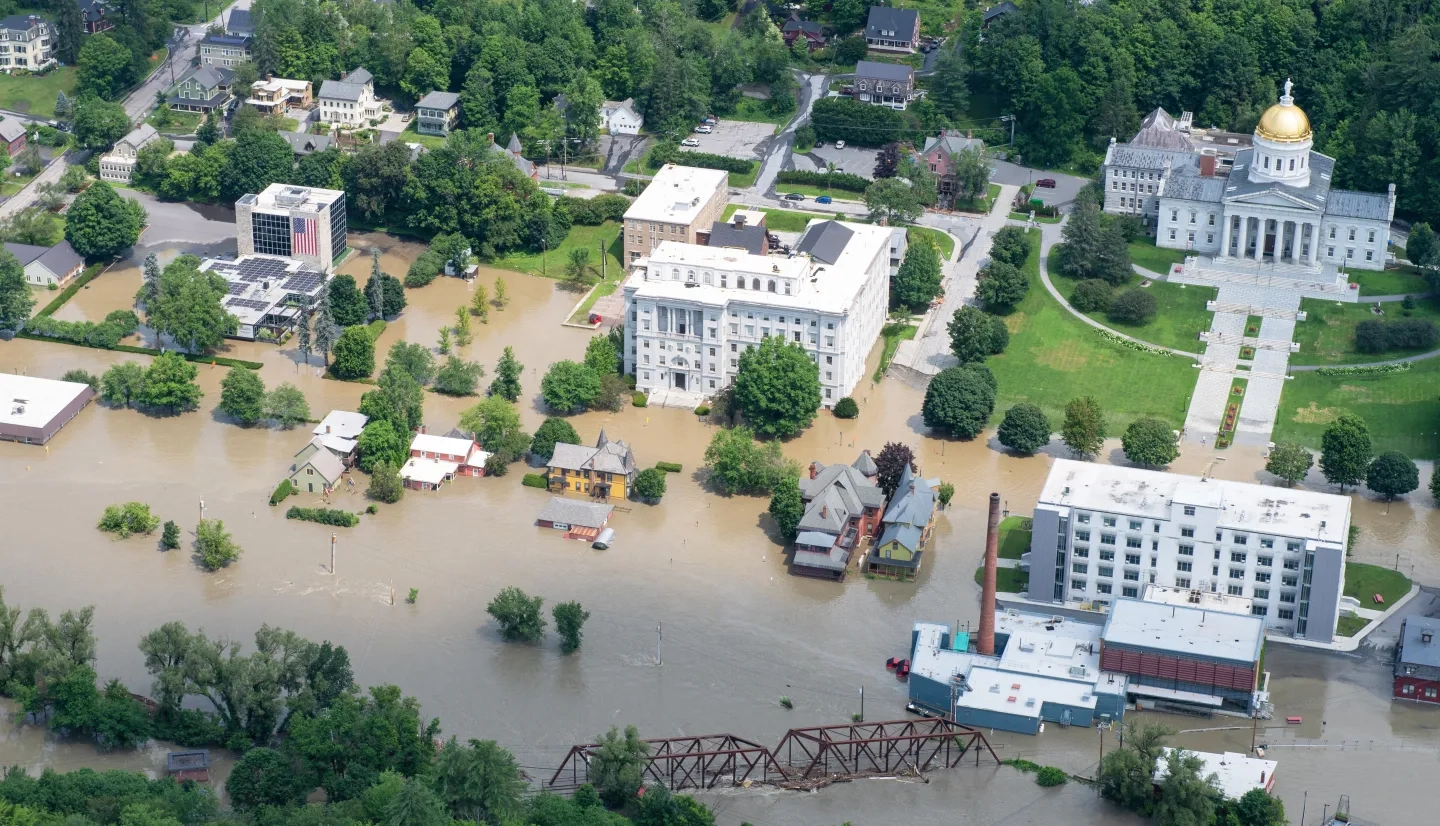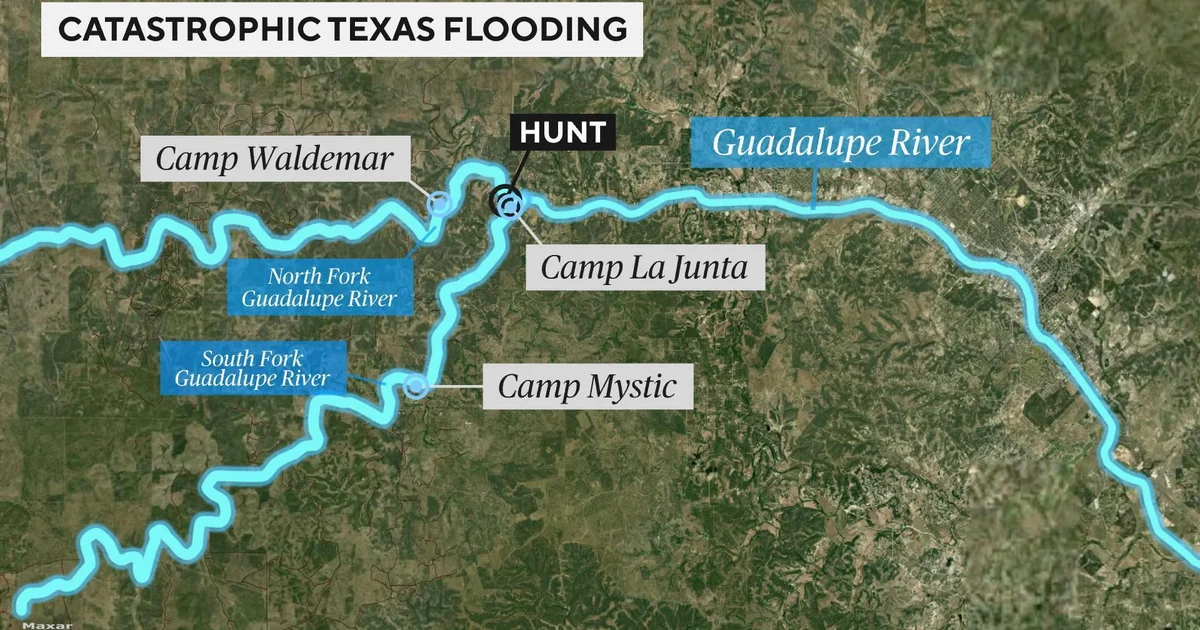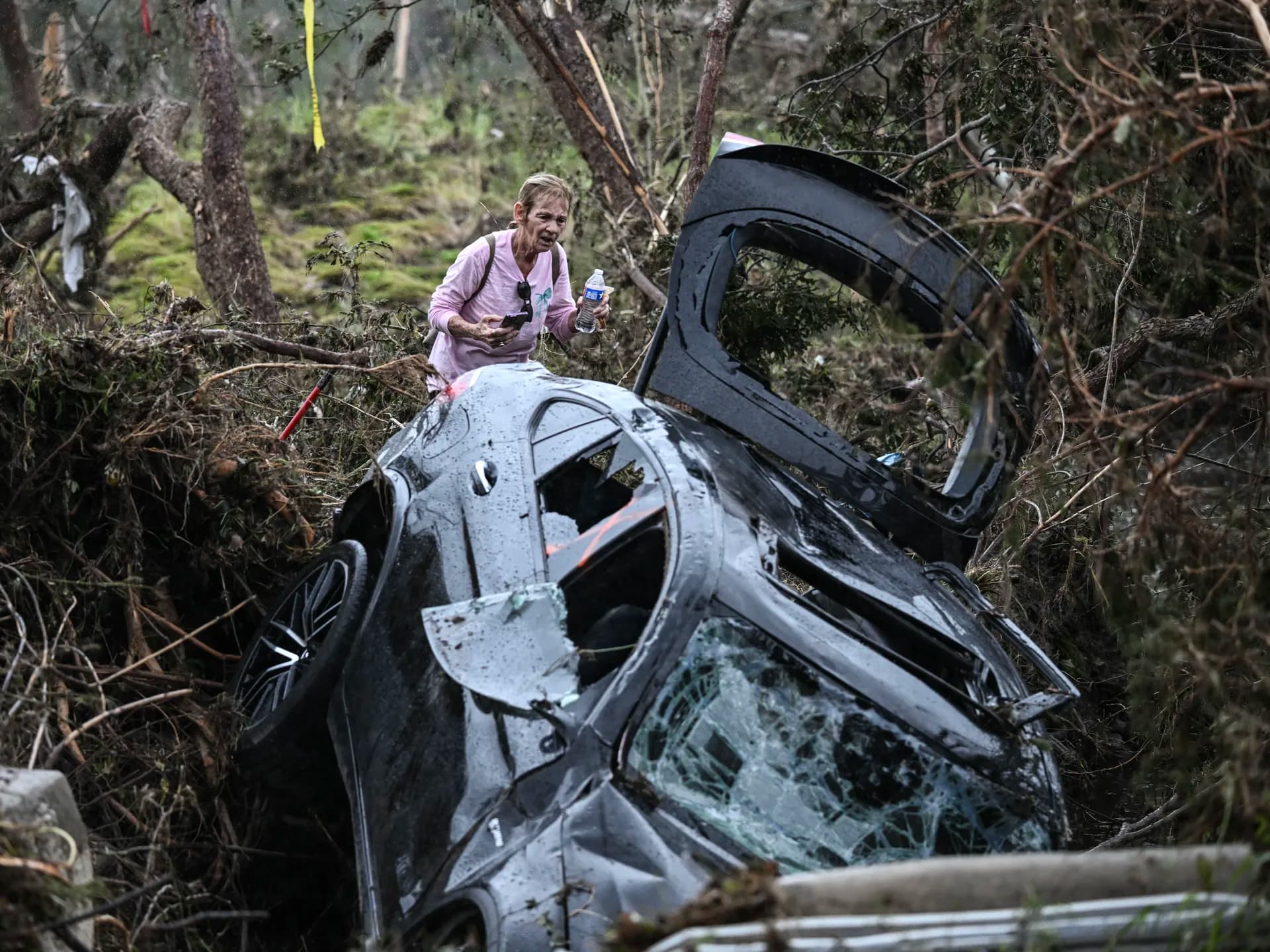The devastating flooding in Kerr County, Texas, which claimed at least 129 lives, highlights a shocking failure of local governance. Officials, including Kerr County Judge Rob Kelly, blame taxpayer reluctance for not installing a $1 million flood warning system, despite multiple discussions over the years about its necessity. As floodwaters rose over the July 4 weekend, the absence of effective alert systems became painfully clear.
Taxpayer Anxiety Prevents Safety Measures
Kerr County has long been known for its picturesque Guadalupe River, a major draw for both residents and tourists. Yet, as more people flocked to the area, the risk of flooding escalated. Judge Kelly"s comments reveal a troubling mindset: prioritizing tax cuts over essential public safety measures. "The public reeled at the cost," he stated, as the county grappled with the aftermath of a disaster that was entirely foreseeable.
Ignored Warnings and Past Disasters
According to the New York Times, Kerr County had been aware of its vulnerability to flash floods since a tragic incident in 1987, when ten teenagers drowned during a similar disaster. Despite this historical context, a comprehensive flood warning system was never implemented, leaving the community unprotected as new developments continued to encroach on riverbanks. Former Kerr County Judge Tom Pollard noted that the county"s political conservatism and financial caution have hampered critical discussions about safety.
\n\n
Vermont Flooding July 2023 | NASA Applied Sciences
Political Polarization Drowns Out Common Sense
The local political climate has become increasingly polarized, with many residents expressing hostility towards federal aid. In 2021, Kerr County received a significant allocation of $10.2 million from the American Rescue Plan Act, funds that could have been utilized for flood mitigation projects. Instead, as reported by The Texas Tribune, there was a community outcry against using federal money, with some residents believing it would compromise local autonomy.
Missed Opportunities for Safety Funding
Kerr County commissioners discussed flood warning systems nearly two dozen times since 2016 but ultimately allocated those funds for other purposes, such as public safety radio systems. This choice reflects a broader trend of dismissing long-term safety in favor of short-term financial relief. The dire consequences of this negligence were laid bare in the aftermath of the flood, as residents like Ingram City Council member Raymond Howard expressed their outrage over the lack of action. "They brought it up 20 times since 2016 and never did anything on it," he said, capturing the frustration of a community left vulnerable.
\n\n
Maps show where devastating flash flooding hit Texas ...
The Human Cost of Inaction
The human costs of these policy failures are staggering. As families mourn the loss of loved ones, many are left grappling not only with grief but also with anger at local officials who failed to act on clear warnings. The flood"s death toll, as reported by Wikipedia, is a stark reminder that ignoring environmental risks comes with profound consequences. While officials may have been hesitant to invest in a flood warning system due to perceived costs, the real price has now been paid in lives.
As the community begins to piece itself back together, the voices of those who survived the flood must be amplified. Their calls for accountability and systemic change need to be heard, demanding that future decisions prioritize human life over fiscal conservatism. The tragedy in Kerr County serves as a wake-up call for other regions facing similar risks, emphasizing that proactive measures are not just optional but essential.


![[Video] Canada PM Carney says AI data centres must be carbon neutral](/_next/image?url=%2Fapi%2Fimage%2Fthumbnails%2Fthumbnail-1763826648718-lujuba-thumbnail.jpg&w=3840&q=75)
![[Video] Fire at COP30 Climate Summit in Brazil](/_next/image?url=%2Fapi%2Fimage%2Fthumbnails%2Fthumbnail-1763671284663-2idg9-thumbnail.jpg&w=3840&q=75)
![[Video] Fire erupts at COP30 climate summit in Belém, Brazil, no injuries reported](/_next/image?url=%2Fapi%2Fimage%2Fthumbnails%2Fthumbnail-1763661056988-msvhjo-thumbnail.jpg&w=3840&q=75)



![[Video] Trump clarifies warning on Venezuelan airspace, denies imminent airstrike](/_next/image?url=%2Fapi%2Fimage%2Fthumbnails%2Fthumbnail-1764541870318-vgpub6-thumbnail.jpg&w=3840&q=75)